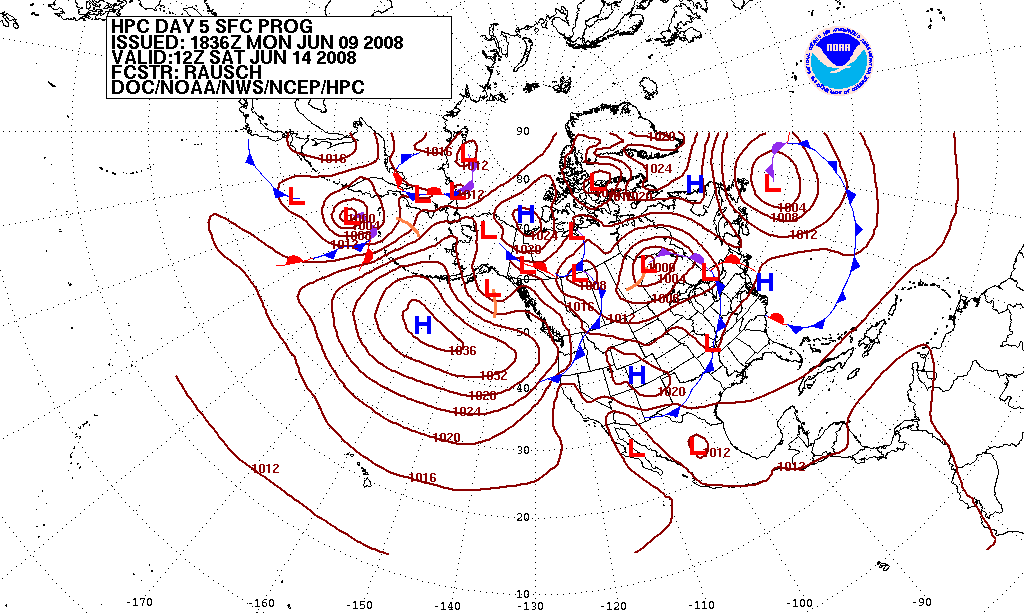Flight Operations
- Review Aerodynamics & Airplane Systems
- 1.1Explain the four forces which act on an airplane in flight
- 1.2Explain the angle of attack- Commercial Pilot-Aerodynamics and Performance
- 1.3Explain the basics of Aerodynamics
- 1.4Explain drag
- 1.5Explain thrust, stability, and center of gravity
- 1.6Explain weight and balance
- 1.7Demonstrate knowledge of aircraft components
- Pressure, Temperature & Density
- Weather
- 3.1Identify and explain the structure of the earth’s layers of the atmosphere, and become knowledgeable of the history of the study of meteorology
- 3.2Describe atmospheric conditions using appropriate weather terminology
- 3.3Demonstrate an understanding of frontal systems
- 3.4Demonstrate an understanding of wind speed, temperature, pressure & dew point
- 3.5Employ meteorological terminology and coding procedures
- 3.6Identify air masses and monitor daily weather phenomena
- 3.7Demonstrate an understanding of synoptic weather structure
- Weather Forecasting
- Weather Hazards
- Weather Tools
- IFR
- IFR
- IFR Navigation
Weather Forecasting
Understanding Types of Weather Forecasts in Aviation

Application of science and technology to predict the conditions of the atmosphere for a given location and time.
Weather forecasts play a crucial role in aviation, providing essential information that pilots, air traffic controllers, and other aviation professionals need to ensure safe and efficient operations. This article will delve into the different types of weather forecasts and their importance in aviation.
Terminal Aerodrome Forecasts (TAFs)
Terminal Aerodrome Forecasts (TAFs) are aviation weather forecasts that provide detailed meteorological predictions for a radius of five statute miles around the primary airport. TAFs are issued four times a day and cover a 24-hour period, and in some cases, they can extend up to 30 hours. They include information about wind, visibility, significant weather phenomena, and changes in these conditions. Understanding TAFs is crucial for pilots as they provide the expected weather conditions at the departure, arrival, and alternate airports.
Area Forecasts (FAs)
Area Forecasts (FAs) provide a broader view of weather conditions, covering large regions of airspace. They are typically issued three times a day and cover a 12-hour period with a 6-hour categorical outlook. FAs include information about cloud cover, visibility, weather changes, and significant weather phenomena such as thunderstorms or turbulence. While they are less detailed than TAFs, Area Forecasts are valuable for flight planning, especially for longer flights that cover multiple regions.
Significant Meteorological Information (SIGMETs) and AIRMETs
SIGMETs and AIRMETs are weather advisories that alert pilots to potentially hazardous weather conditions. SIGMETs (Significant Meteorological Information) are issued for severe or extreme weather conditions that can affect all aircraft, such as severe turbulence, severe icing, dust storms, or volcanic ash.
AIRMETs (Airmen's Meteorological Information) are less severe but still significant for light aircraft and include moderate turbulence, sustained surface winds of 30 knots or more, widespread areas of ceilings less than 1,000 feet and/or visibility less than 3 miles, and extensive mountain obscuration.
Understanding these weather advisories is crucial for pilots, as they provide real-time updates on potentially hazardous weather conditions that could affect flight safety.
In conclusion, understanding the different types of weather forecasts is crucial in aviation. They provide the necessary information for flight planning and decision-making, helping to ensure the safety and efficiency of flight operations.